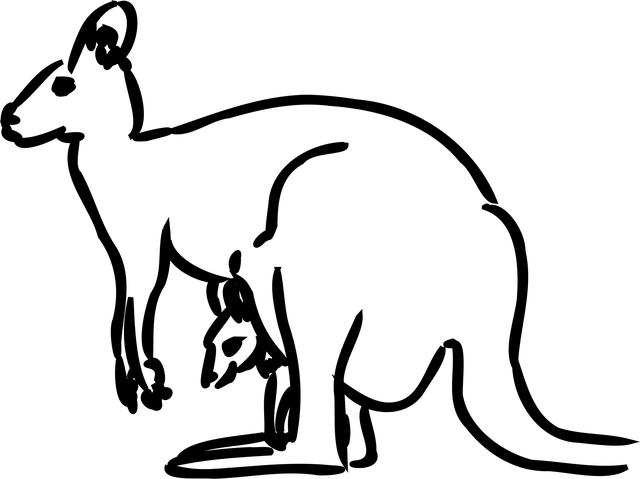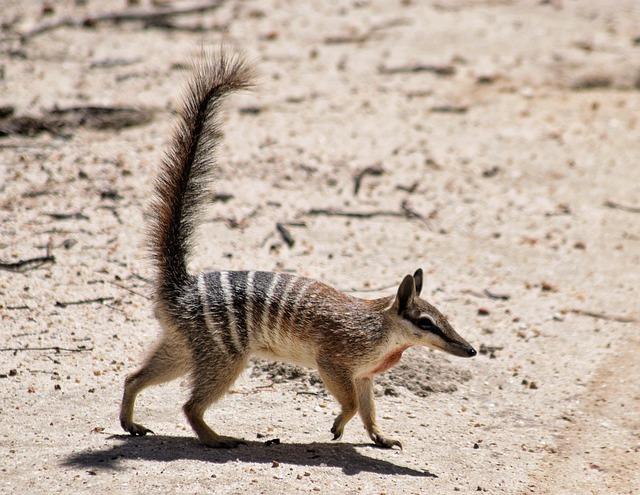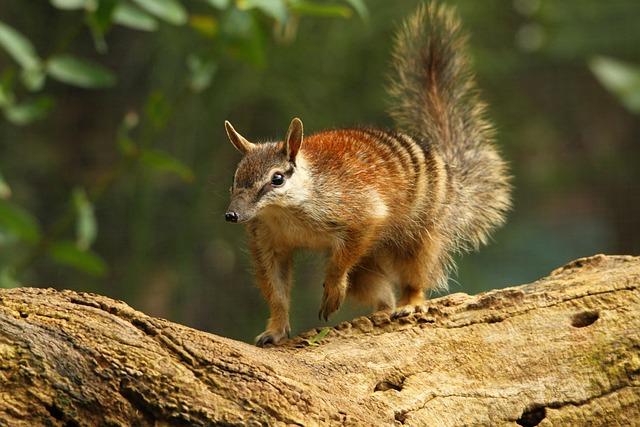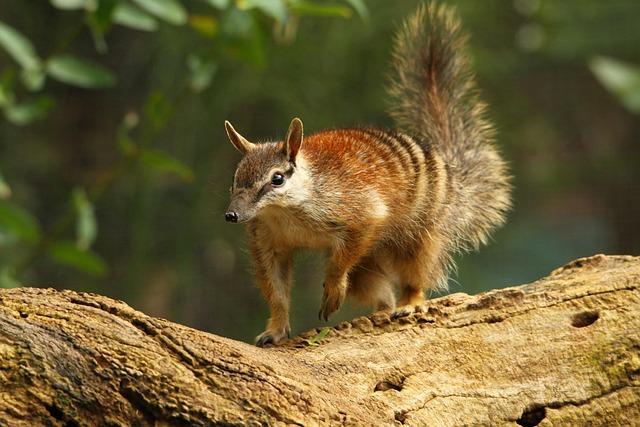- Introduction
- Newborn Numbats Surface in Protected Sanctuaries
- A Major Milestone for Conservation Efforts
- Inside the Numbat Breeding Programs
- Australia's Broader Biodiversity Strategies
- Conclusion
- FAQs
- References
Introduction
Australia’s sanctuaries have some delightful news: several baby numbats have been spotted for the first time in years, signaling a positive turn for one of the country’s most endangered marsupials. This article will explore the recent discovery of newborn numbats in protected habitats, outline the broader implications for conservation efforts across the nation, take a closer look at breeding programs aimed at repopulating the species, and discuss Australia’s wider biodiversity strategies. We'll also highlight expert insights and embed a related video to bring the moment to life.
The birth of these tiny creatures is more than just a rare sight — it's a hopeful indicator that ongoing efforts to protect and regenerate Australia’s native fauna are working. Let’s dive into what this means for numbats and why it matters for the environment at large.
Newborn Numbats Surface in Protected Sanctuaries

(Image: Pixabay/@OpenClipart-Vectors)
The unexpected appearance of baby numbats in Western Australian sanctuaries has offered a much-needed boost to conservationists. Images from motion-sensor cameras installed in sanctuaries such as Dryandra Woodland and Scotia Sanctuary have captured the tiny marsupials exploring their surroundings next to their mothers, their stripe-patterned fur making them barely visible among leaf litter and bushland.
Numbats, native to Australia and once widespread across southern Australia, have declined due to habitat destruction and predation by invasive species like foxes and cats. With fewer than 1,000 individuals estimated in the wild, the sightings of baby numbats represent a win for protected areas established to ensure their survival.
Ecologists working on the ground have confirmed the cubs ranging from 6 to 8 weeks old, the critical stage in which they start to emerge from burrows but still receive maternal protection. The fact that these juveniles are not just surviving but also starting to adapt to the environment suggests the conditions in these sanctuaries are ideal for recovery and growth.
A Major Milestone for Conservation Efforts

(Image: Pixabay/@TerriAnneAllen)
The appearance of newborn numbats is being lauded as a significant milestone by environmentalists and government agencies alike. These births are not just symbolic victories; they provide concrete evidence that current strategies for protecting and restoring native wildlife can yield results even for critically endangered species.
The success is also reinforcing the relevance of predator-free zones. Many of the sanctuaries where numbats have been spotted operate within fenced areas designed to eliminate threats from foxes and feral cats. The Department of Biodiversity, Conservation and Attractions has acknowledged that these protected ecosystems are showing strong signs of regeneration.
Ongoing tracking and monitoring projects are also being enhanced as a result. Using radio collars and genetic sampling, conservationists aim to gather data not only on population growth but also on health, movement patterns, and breeding success. This data will help refine future efforts both in-situ and ex-situ.
Inside the Numbat Breeding Programs

(Image: Pixabay/@Pexels)
Breeding programs have played a pivotal role in ensuring that the numbat population continues to survive both in the wild and in captivity. Institutions like Perth Zoo have been running captive breeding initiatives since the 1990s, contributing hundreds of numbats back into suitable habitats.
The process is meticulous. Staff must replicate natural conditions and provide a diet primarily made up of termites — slowing the pace at which individuals can be bred and released. Each numbat requires up to 20,000 termites daily, making dietary planning and habitat evaluation critical to their development.
Once released into the wild, ongoing support is necessary to ensure their adaptation and survival. Radio tracking helps researchers understand whether the numbats are finding food, avoiding predators, and potentially mating successfully in new environments. These insights offer hope not only for numbats but for broader conservation models for small marsupials.
Australia's Broader Biodiversity Strategies

(Image: Pixabay/@Seashalia)
The numbat’s resurgence is emblematic of national strategies aiming to reverse biodiversity loss in Australia. Habitat restoration, predator control programs, and initiatives like the Threatened Species Strategy all play a part in these efforts. The government’s broader plan aims to prevent extinctions and increase public involvement in conservation through citizen science and community-led efforts.
Organizations such as the Australian Wildlife Conservancy are continuing to expand their influence across remote and vulnerable regions, bringing together indigenous knowledge, scientific research, and environmental policy to protect ecosystems. The use of fencing, trapping programs, and targeted land management are all being scaled up to provide safe havens for endangered species, including numbats.
While much work remains, especially with regards to the devastating impacts of climate change and bushfires, cases like the numbat offer tangible proof that with timely intervention, species deemed nearly extinct can return to the bush and thrive once again. Conservationists hope to replicate this success across habitats harboring other threatened species like the greater bilby and western quoll.
Conclusion
Seeing baby numbats in the wild is more than a rare occasion — it is a celebration of persistence, science, and coordinated conservation efforts. These sightings aren’t just cute moments in wildlife: they are indicators that the tide may be turning for one of Australia’s most threatened native animals. Through targeted sanctuary work, controlled breeding, and integrative biodiversity strategies, numbats might once again thrive in the ecosystems they once called home.
Continued vigilance, public support, and sustained funding will be key to further success. As baby numbats burrow into Australia’s soil, they also dig deeper into the nation’s heart, reminding us of what can be achieved when science and nature unite.
FAQs
What is a numbat?
A numbat is a small carnivorous marsupial native to Australia, recognizable by its stripes and long snout. It feeds primarily on termites and is one of the few diurnal marsupials, meaning it’s active during the day.
Why are numbats endangered?
Numbats are endangered due to habitat destruction, bushfires, and predation by invasive species such as foxes and feral cats. Urbanization and changes in land use have also reduced their natural environment significantly.
Where were the baby numbats spotted?
The baby numbats were recently observed in WA sanctuaries, including Dryandra Woodland and Scotia Sanctuary — both areas known for their conservation success in rebuilding small mammal populations.
How do breeding programs help numbats?
Breeding programs offer a controlled environment for numbats to reproduce, increasing population numbers. Once strong enough, these numbats are reintroduced to wild sanctuaries to help repopulate natural habitats.
How can I help conserve numbats?
You can support conservation efforts by donating to organizations such as the Australian Wildlife Conservancy, volunteering for citizen science projects, spreading awareness, and supporting predator control and reforestation programs.

